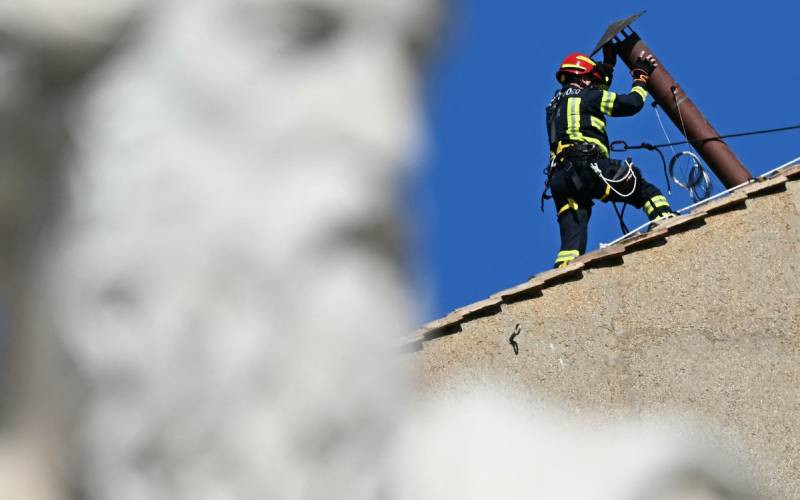NAIROBI: Vision 2030 is our national blue print and the road map to be globally competitive based on three pillars — social, economic and political — with a projected annual growth rate of 10 per cent.
We are struggling to achieve this nevertheless. According to the World Bank, in 2016 we are likely to hit 5.4 per cent. However, the visit of the US president in July 2015 and the lifting of the travel advisories by the British government, the forthcoming visit by his Holiness Pope Francis in November and the hosting of the World Trade Organisation (WTO) 10th ministerial conference in Nairobi from December 15 to 18, for first time in Africa, heralds a new optimism. The WTO ministerial conference brings a gathering of ministers from member states that will include hundreds of delegates accompanying ministers. The decisions determined by the conference will have worldwide implications and the Nairobi round will feature in the annals of WTO history.
This is a major diplomatic and trade success for our country. It is therefore an event of huge significance to Kenya that gives us an opportunity to showcase our best as the tourism sector stands to enjoy a major windfall.
Against this background, we must acknowledge our standards. Benchmarks must be up scaled as a magnet for attracting foreign direct investments (FDI).
Kenya must emerge as the African financial services, tourism, technology, innovation, manufacturing and agricultural value addition centre to rival other locations, not by December 2015, but in 15 years time. To achieve this status, we must have a different orientation from the current negative politics to pro-economic and business mindset.
Why? Because the biggest political problem of any country is a dysfunctional economy. If we appreciate the more goods and services we produce in our country, the more prosperous we shall become. There are other challenges which are millstones around the national neck, especially lack of a reliable and efficient public transport system. This is due to relatively underdeveloped infrastructure. Despite the great efforts the government is making, we have a serious deficit that must be strategically addressed.
The culture of matatus, despite the sizeable population that depends on them, is not the way to go. The colour paintings of some matatus is obnoxious and one wishes Michuki was still in charge.
The current situation entrenches the tyranny of indiscipline. A visitor to Nairobi or Mombasa leaves with the impression of an environment of anarchy where overlapping is a modus operandi. This is not consistent with a nation that wants to be globally competitive.
The other area that needs attention is the standard of bumps on our roads. The Ministry of Transport must design the standard applicable across our national roads. A good example is the road from Lanet to Nakuru town whose bumps should be emulated because they not only slow cars but don’t inflict damage.
Having determined devolution as the approach to our macro-development, it is imperative to evolve standards and benchmarks in a prescriptive format to include size of the county headquarters, the assembly chambers and the residences of governors, as a model to be adopted across the 47 counties.
These institutions are permanent and will be with us for eternity. We cannot afford to operate on the basis of fly by night or flashes on the pan. It is therefore important we adopt application of the best practice from the beginning.
It will not only save us a lot of resources but also provide predictability. The time to act is now when these institutions are young and for prudential reasons. The country and counties must create a national image and brand that will define who we are in this very competitive world.
 The Standard Group Plc is a
multi-media organization with investments in media platforms spanning newspaper
print operations, television, radio broadcasting, digital and online services. The
Standard Group is recognized as a leading multi-media house in Kenya with a key
influence in matters of national and international interest.
The Standard Group Plc is a
multi-media organization with investments in media platforms spanning newspaper
print operations, television, radio broadcasting, digital and online services. The
Standard Group is recognized as a leading multi-media house in Kenya with a key
influence in matters of national and international interest.
 The Standard Group Plc is a
multi-media organization with investments in media platforms spanning newspaper
print operations, television, radio broadcasting, digital and online services. The
Standard Group is recognized as a leading multi-media house in Kenya with a key
influence in matters of national and international interest.
The Standard Group Plc is a
multi-media organization with investments in media platforms spanning newspaper
print operations, television, radio broadcasting, digital and online services. The
Standard Group is recognized as a leading multi-media house in Kenya with a key
influence in matters of national and international interest.





